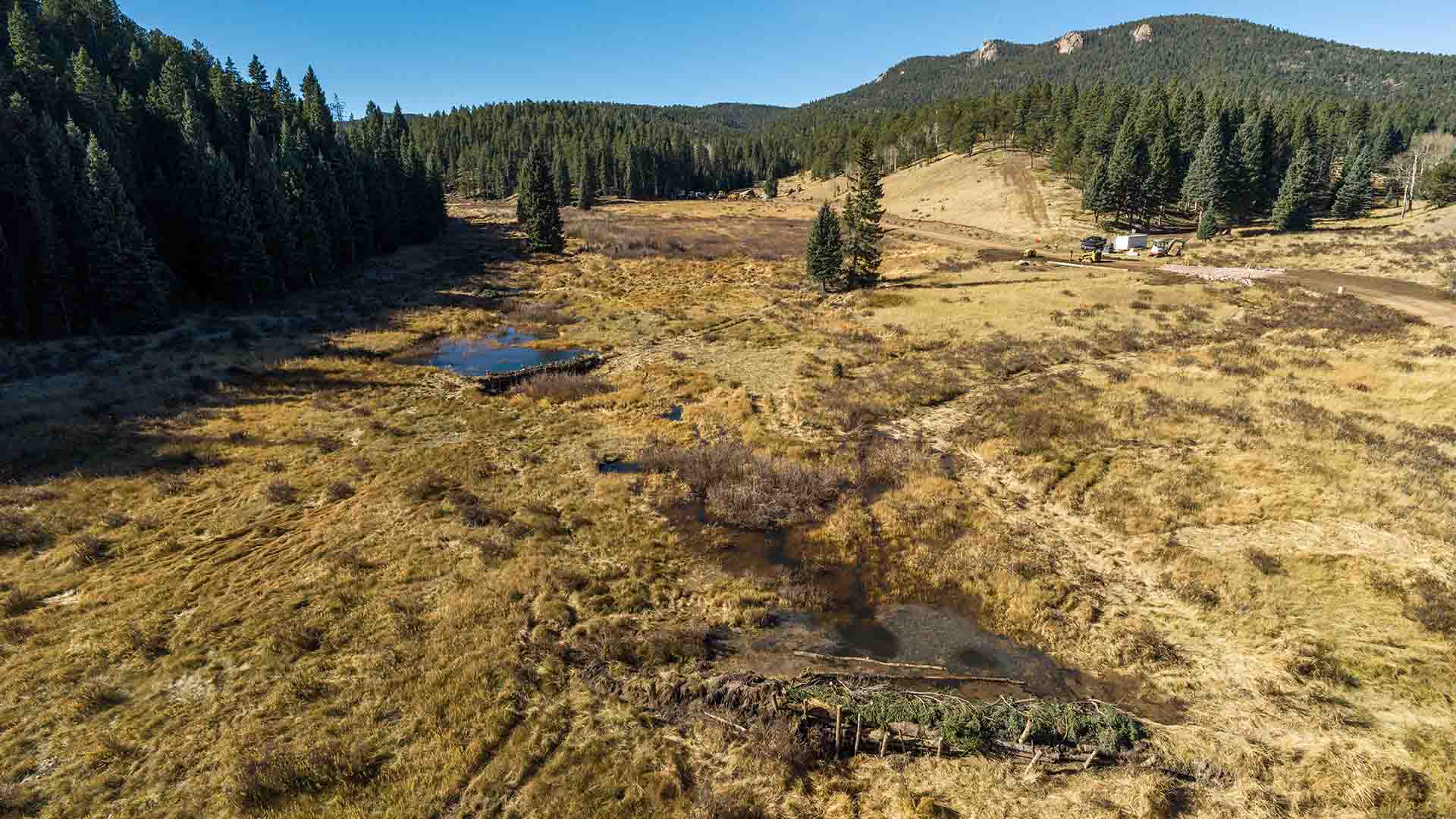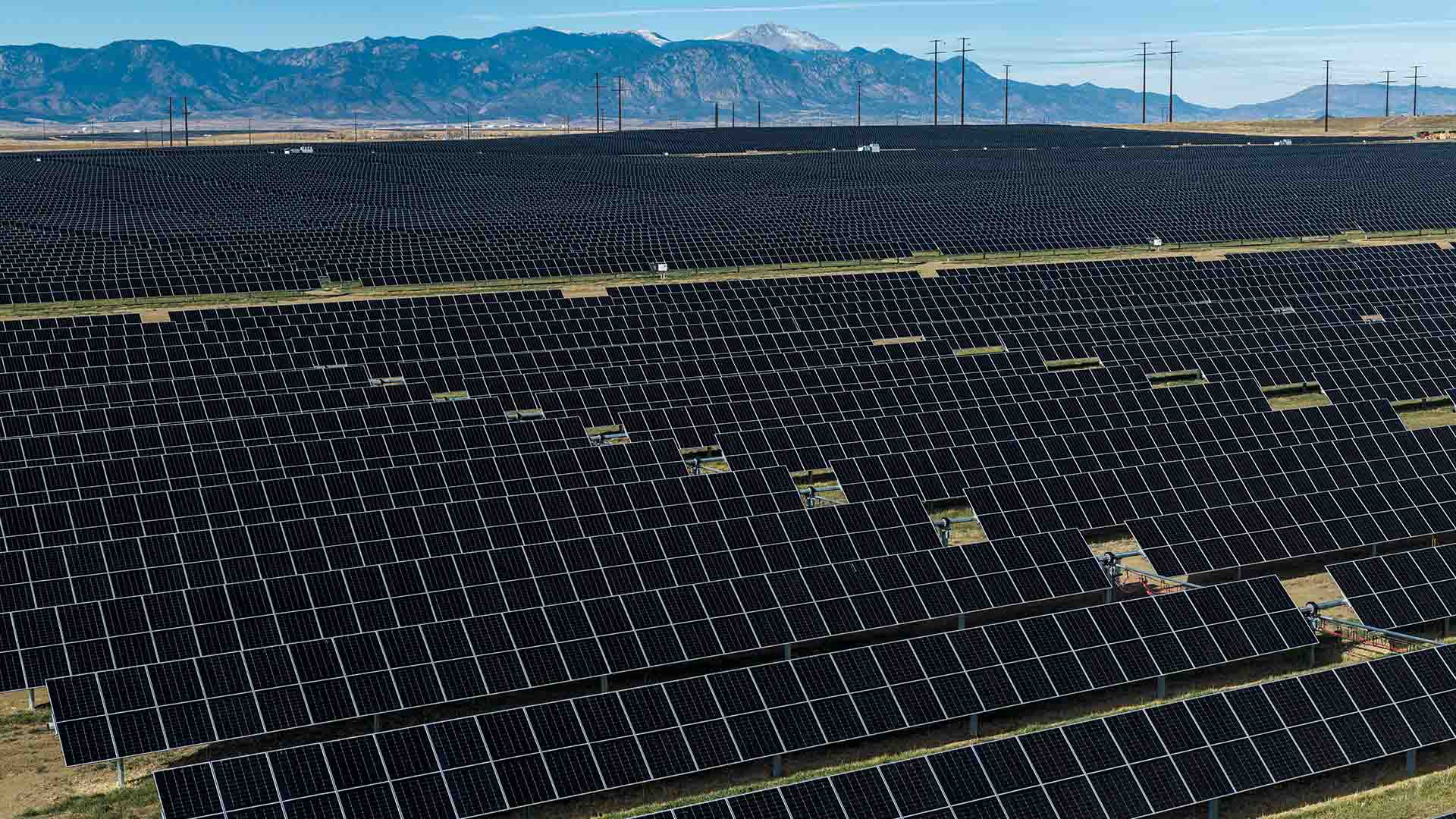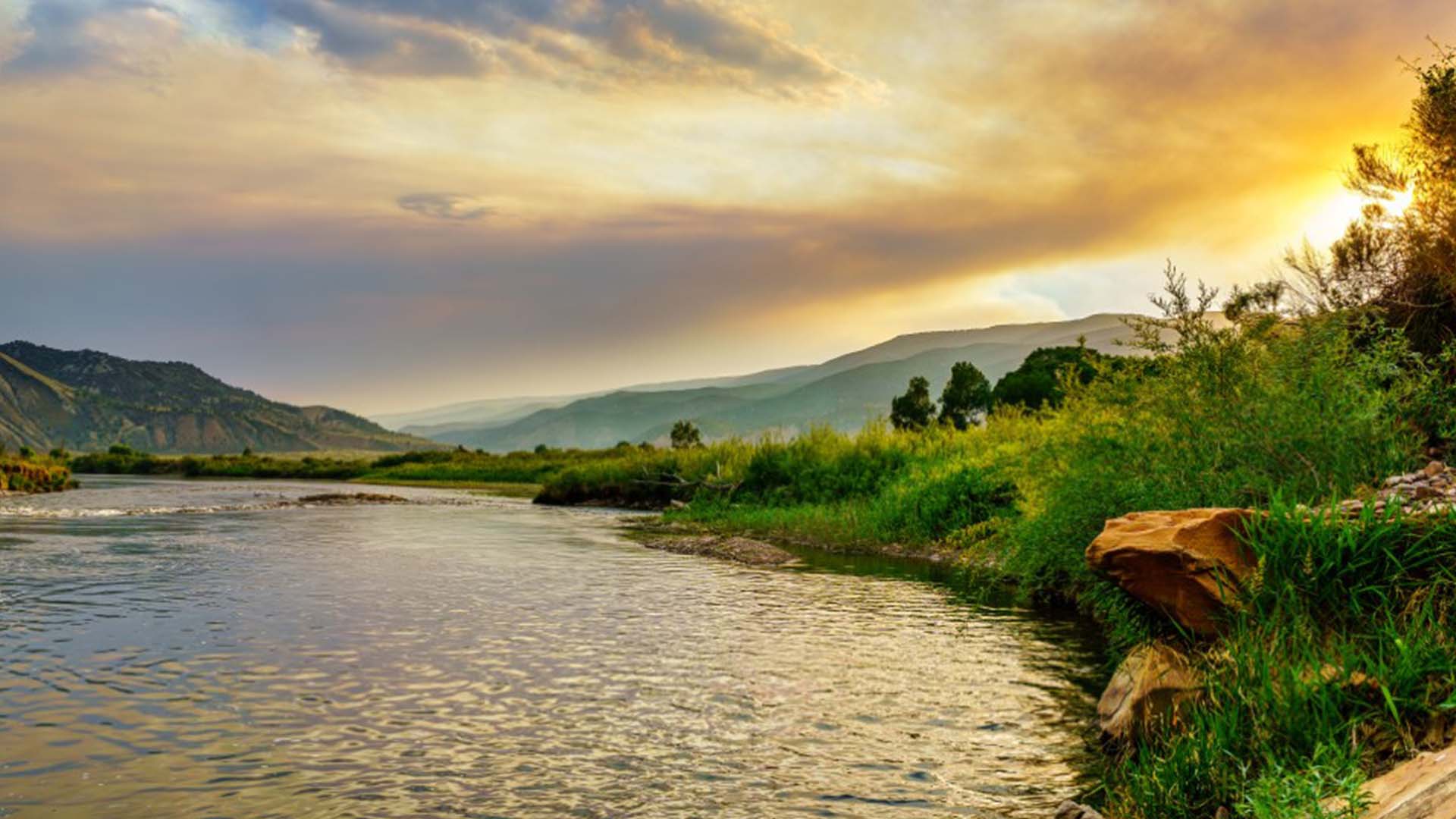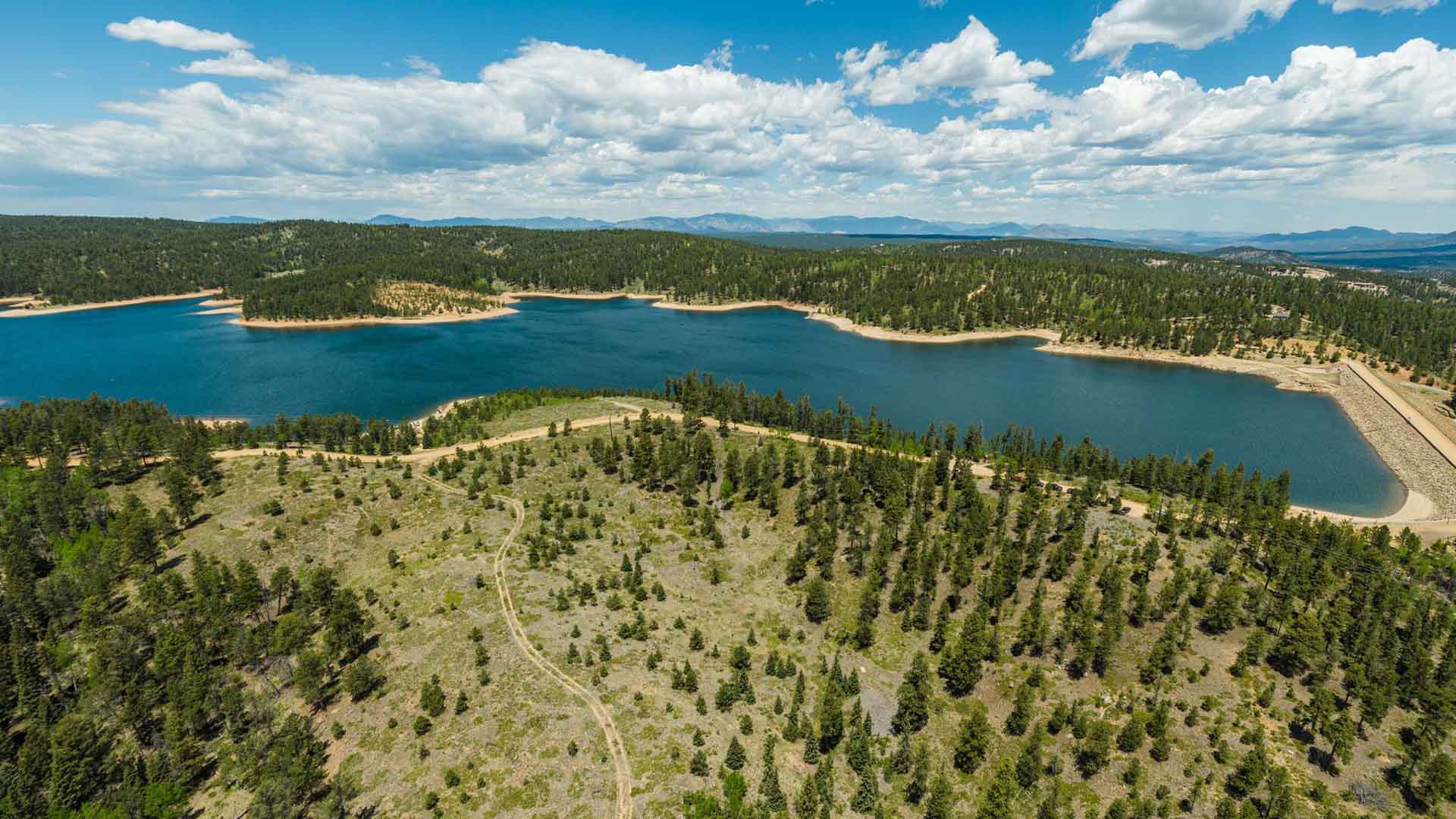
Annie B.
Duration: 1 minute
Published on August 31, 2023
Managing water quality for our customers is a big task. We monitor water quality from stream to effluent; that is, beginning with protection of our raw water sources in mountain watersheds, through the drinking water treatment process and including the final cleaning of wastewater to be discharged back into our local creeks for use by downstream communities.
Water quality is really about its suitability for different uses. Colorado Springs Utilities’ drinking water is mostly sourced from high up in the pristine Rocky Mountains and makes a great cup of coffee. Some of our water comes from local sources on the slopes of Pikes Peak, and we use other sources for exchanges and non-potable irrigation. All have different uses and qualities.
As water moves through our system, we track every drop so it can be accounted for and used beneficially and responsibly. Did you know that we, in partnership with City of Colorado Springs Stormwater Enterprise and the U.S. Geological Survey, monitor 37 unique sites for over 60 water quality parameters? We collect data on flow, water chemistry, nutrients, metals and even macroinvertebrates and fish.
This data supports our ability to meet regulations and standards. It also helps us make decisions that protect this valuable resource for all watershed residents, whether they have feet, fins, or feathers. All this monitoring makes the Fountain Creek Watershed in which we reside the second most monitored water way in the nation!
To get an accurate picture of what’s happening in the watershed, we monitor four key areas of water: water quality, water quantity, fluvial geomorphology, and aquatic life. Water quantity - the amount and location of the water – is vital. Fluvial geomorphology is a fun-to-say term for how water moves sand and sediment into different forms. Knowing how the water moves in the creek bed and how sediment is transported helps us keep our “green infrastructure” working for us. Monument and Fountain Creeks are part of the green infrastructure that transports our water.
Last, but certainly not least, healthy aquatic life indicates a thriving ecosystem. To maintain water quality and to be good environmental stewards for all the inhabitants of the watershed, we want Monument and Fountain Creeks to be healthy.
From environmental and laboratory specialists to water treatment plant operators and forestry managers, we’re working to protect our water quality from source to tap.
Employees in the picture:
Back row on bank, L to R: Richard S., treatment plant operator; Dan D., treatment plant superintendent; Charles O., treatment plant operator; Travis D., water treatment plant operator; Christi C., laboratory intern; Jessica S., environmental scientist; Eric H., water project manager; Jeremy T., water project manager; Lisa W., water project manager.
Front row, L to R: Annie B., water project manager; Patti Z., environmental specialist; Chris F., environmental specialist; Wendy A., environmental specialist; Ron C., environmental specialist.







